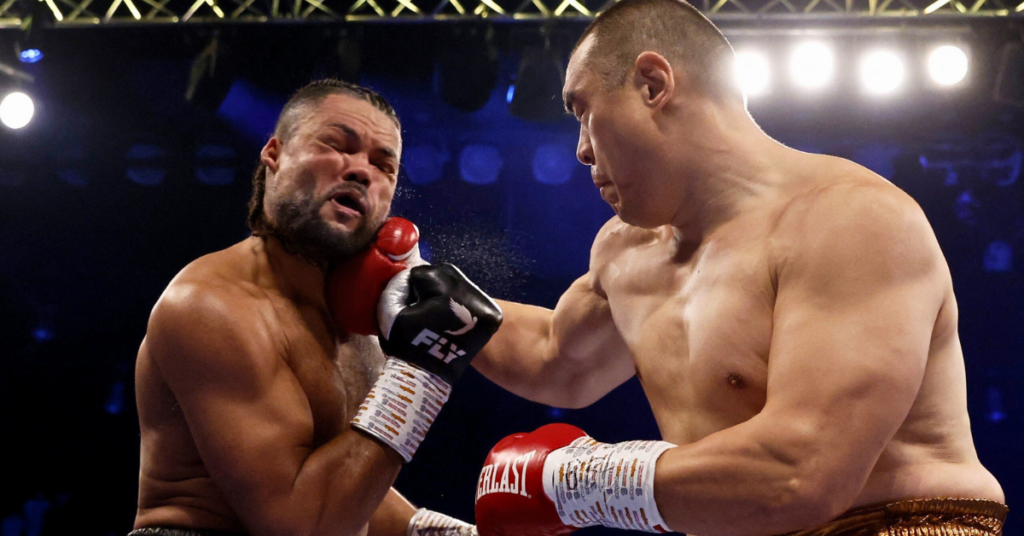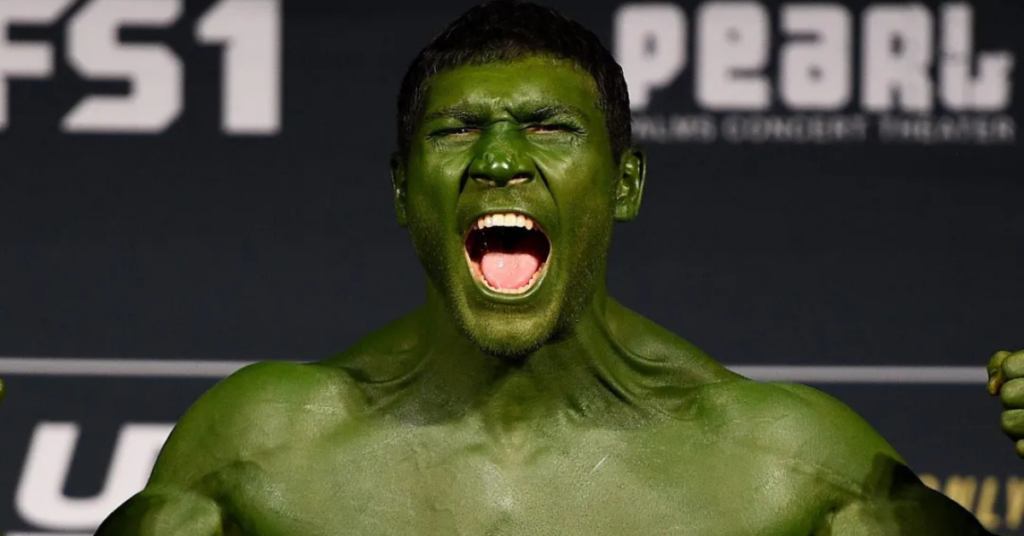BJJ White Belt: A Full Breakdown
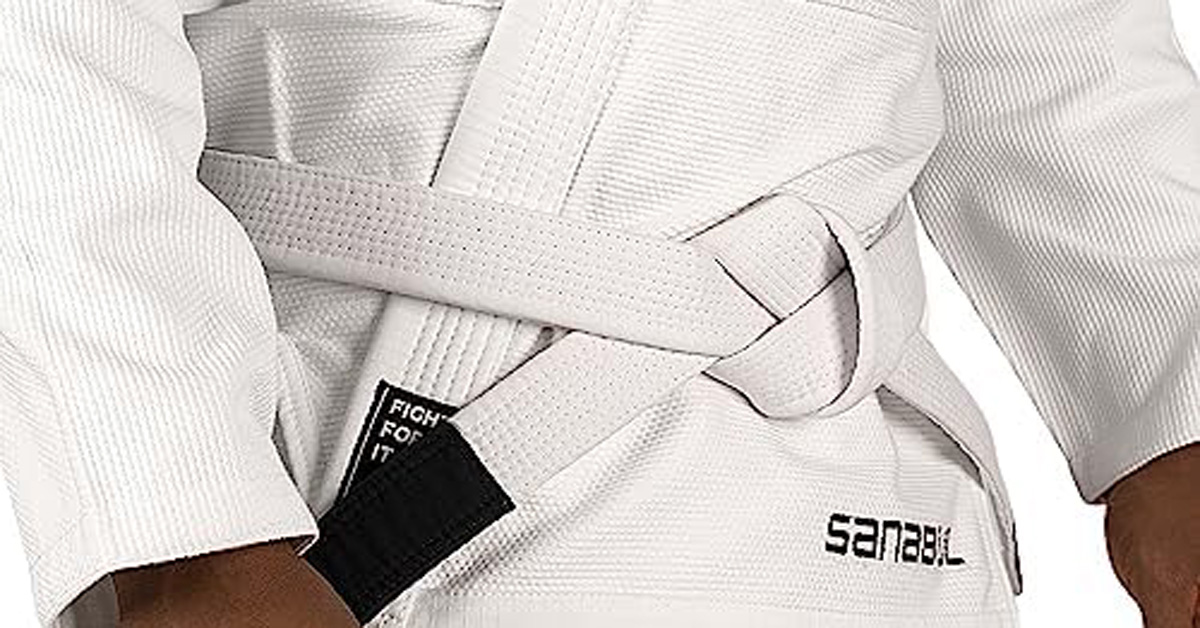
Nearly all martial arts mark the white belt as the beginner rank within their systems. The BJJ white belt is no different and many potential new Jiu-JItsu students often ask for information about the rank.
Here is a full breakdown about everything that you need to know about the BJJ white belt. Read below about what you’ll learn at this beginner rank and how to optimize your time training at white belt.

What Is The BJJ White Belt?
The BJJ white belt is the first of the five adult ranks within Brazilian Jiu-Jitsu. It is also the first rank that children start in like in most other martial arts.
Everyone starts a white belt and many consider it the most important, because it’s the beginning of the journey. All of the great BJJ grapplers in history started at white belt and worked their way to becoming legends.
How Long Do You Stay At White Belt?
A BJJ white belt can expect to stay around a year at this beginner rank. That time could be prolonged if you aren’t serious about your training or have an unfortunate injury.
How Often Should A BJJ White Belt Train?
A BJJ white belt should try to train as much as they can. Any training they can get in per week will be beneficial for them.
Most Jiu-Jitsu instructors will recommend around 2 classes per week for their beginner students. However, if a beginner student wants to get in more training, they are more than welcome.
Techniques A BJJ White Belt Must Know
BJJ white belts spend their year at the rank drilling all of the basics of the martial art. Here is an example of all of the basic techniques that a BJJ white belt will learn.
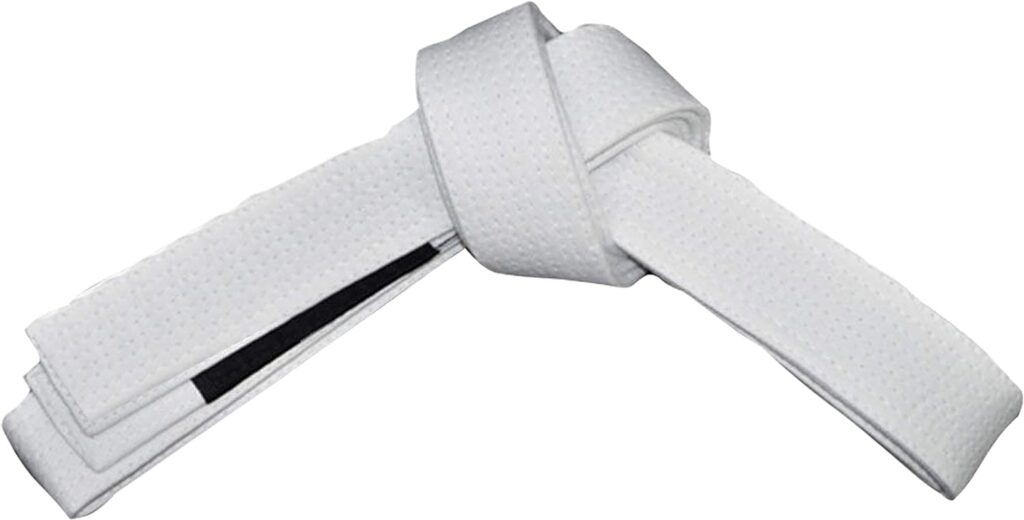
Basic Movements
- Breakfall Backward
- Breakfall Forward
- Breakfall Sideways
- Front Roll
- Back Roll
- Side Roll
- Elbow Escape/Shrimp
- Butt Scoots Forward & Backward
Self Defense Techniques
- Basic Front Choke Defense
- Punch Defense
- Front Bear Hug Defense
- Back Bear Hug Defense
- Headlock Defense
Basic Positional Escapes & Submission Defense
- Mount Escapes
- Back Mount Escapes
- Side-Control/Mount Escapes
- RNC Defense
- Armbar Defense
- Guillotine Choke Defense
- Triangle Choke Defense
Basic Submissions From Guard
Basic Submissions From Side-Control/Mount
- Americana/Keylock
- Kimura
- Armbar
- Arm Triangle
- 1 to 2 Gi Chokes
Basic Submissions From Mount
- Americana/Keylock
- Kimura
- Armbar
- Arm Triangle
- Triangle Choke
- 1 to 2 Gi Chokes
Basic Submissions From Back Mount
- Rear Naked Choke(RNC)
- Armbar
- 1 to 2 Gi Chokes
Basic Sweeps From Guard
- Hip Bump Sweep
- Scissor Sweep
- Kick Out Sweep
- Armbar Sweep
Basic Transitions
- +2 Guard Passes
- Side-Control to Knee on Belly
- Side-Control to Mount
- Side-Control to Back Mount
- Mount to Back Mount
Basic Takedowns/Throws & Defense
- Double Leg Takedown
- Single Leg Takedown
- Ouchi Gari
- Osoto Gari
- Ippon Seoi Nage
- Sprawl
- Gi Grip Breaks
Should You Compete As A BJJ White Belt?
If you’re a BJJ white belt, you should definitely consider competing in local tournaments. Everyone in your division is generally at the same level you are and it can only help you.
Even if you don’t win, the experience is a good lesson and you’ll learn what you need to go work on.
Important Training Tips For BJJ White Belts
Many new BJJ students assume that there’s some secret recipe to becoming good at Jiu-Jitsu and the reality is there isn’t. During your time training as a BJJ white belt, remember these important training tips.
- Just Train
- Ask Questions
- Winning Doesn’t Matter
- Enjoy The Process
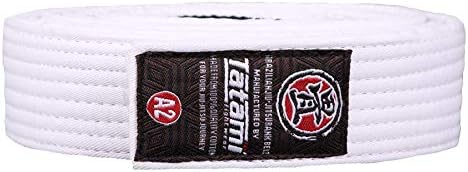
Just Train
Look, as a BJJ white belt, the only thing that you have to do is train. Routinely show up for class, learn, put in your reps, and absorb as much info as you can.
Just like in anything, consistent training is the key to improving your skills in Jiu-Jitsu. If you put the work in, you will see results.
Ask Questions
Don’t be afraid to ask questions about anything and everything about BJJ training. If you have a question or are unsure about the answer, always go to the higher belts for help.
That’s why they are there and they will help you just like the higher belts before they helped them. In the gym, we’re all striving to get better and are there to help each other.
Winning Doesn’t Matter
As a BJJ white belt, you have to understand that winning doesn’t matter. For the first few years of training, you’re going to lose a lot of rolls and many more after that.
Everyone at the beginner level gets beaten often, but it really doesn’t matter. It’s all part of the process and you’ll gradually improve and start to get the better of some rolls.
Enjoy The Process
Being a BJJ white belt is one of the best times as a Jiu-Jitsu practitioner. Everyday, you’re learning something new and always improving your abilities.
The best piece of advice that we can give to new white belts is to enjoy the process. All of the higher belts miss those times when they were white belts absorbing everything about the martial art.
It’s a fun time and you’ll make some good memories with some good friends.
What Does The BJJ White Belt Represent?
A BJJ white belt, just like in any martial art, represents the beginning of the journey. The color white represents purity and that a new student is ready to obtain new abilities.
Many top BJJ black belts view the white belt as the best rank, because it’s when you learn the most. It’s the beginning of the journey and you can use the martial art to take yourself wherever you want to go.
As mentioned in the previous section, the best thing you can do at white belt is enjoy the process. It’s an incredible experience and if you’re dedicated enough the martial art can take you to amazing places. All you have to do is work hard and have fun during the training.

